By Brandon K.
February 17, 2015 was my first full day in Chamonix. I came here to ski the infamous slopes of the Mont-Blanc region and ski-tour in the birthplace of alpinism. For my first day I joined a group of two other Americans for a day of off-piste skiing with a local guide. Our morning run was up the Aiguille du Midi and down the beautiful Vallee Blanche. For the afternoon we went to the Grands Montets resort and went straight to the to top via the Grand Montets tram. All of the terrain accessed by this tram is technically deemed off-piste, but we went far to skier’s right, past a warning sign in French, and onto the Glacier des Rognons. There were a number of other people skiing in the area we were, probably about 15 or more. I followed the guide and the first skier client down the glacier while the third member of the group followed behind me. I was doing S-turns probably about 10 meters wide.

Without warning, I felt myself fall. I don’t remember panicking or yelling, I just remember trying to use my snowboard to slow myself down as I fell quickly down the ice wall, scraping my board against ice the entire way down. My response to falling into the crevasse was very much snowboard instinct taking over after years of boarding steep stuff and occasionally sliding down icy slopes.

The fall was a mix of major bad luck and then lots of good luck after that. The bad luck was that I fell into a deep crevasse. There was no obvious sign that there was a crevasse where I fell. Sometimes you can see a noticeable trench running perpendicular to the slope or some ice poking up, but this was not the case here. After I got out of the crevasse, I observed many tracks right across the snow bridge. Make no mistake: if you are skiing on a glacier, there are crevasses and you are probably passing over them sometimes without even realizing it. I think that what caused me to fall was that during the middle part of my S-turn when I was essentially going perpendicular to the slope for just a moment, I boarded along the snow bridge, which then gave way.

The good luck was manyfold. To begin with, my fall wasn’t straight down, but along a not-quite vertical, ice wall. Also, it just so happened that I was sliding with my butt to the wall and with my snowboard below me, scraping hard against the ice to slow me down and buffering the impact with various pieces of knobby ice along the way. Sliding any other way, like feet first facing the wall or worst of all head first, would’ve been much worse. I came to rest about 50 feet down the crevasse near the pinnacle of a snow bridge. In either direction, the crevasse descended way deeper without any snow bridge. In total, the crevasse seemed to be perhaps 150-200 feet wide. I happened to fall in just about the best place. The crevasse was surreal, absolutely gorgeous; I was able to appreciate the beauty even given my perilous situation. The video imagery I took really says it all.

I was very lucky to be uninjured and with a guide. I came to rest without any broken bones and only minor injuries: a bruised elbow, bruised butt, and slightly tweaked ankle. I was basically fine and felt stable standing on the snow bridge. I was relatively calm for the 20 minutes or so before I was found because I was confident that the guide would find the hole and me in the crevasse after noticing I had disappeared. I did have a few dark thoughts, though, thinking about Into the Void and about the guy in Utah who got trapped and cut his own arm off to save himself.

The rescue itself was straightforward. Snow anchors were built, a line dropped and I was secured via my harness. Then they rigged the crevasse rescue equipment and a ski patroller descended into the crevasse and joined me on the snow bridge after securing himself with an ice screw. He rigged me up to the rescue line and I was lifted out. The device they used was powered by a hand drill and they had to change the batteries a few times in the course of pulling myself and the rescuer out of the crevasse. The rescuer pulled my snowboard and backpack out too. He also took a few pics and sent them to me. I was saved.
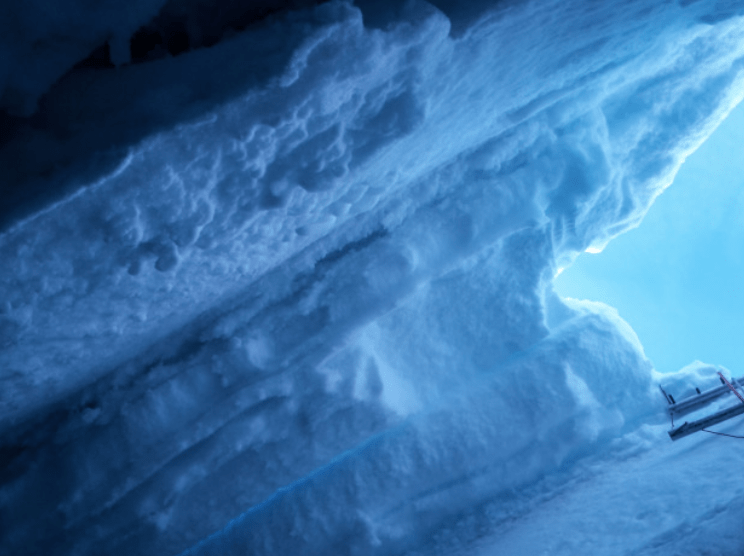
I’ll finish a bunch of stuff I learned after the fact about crevasses. This is stuff anybody skiing on glaciers should know and do if you are skiing on a glacier:
-
Always be looking for crevasses because they are there. Carry some speed, but not too much: you always want to be able to stop quickly if you see signs of a crevasse ahead of you.
-
Crevasses more frequently exist on convexities in the glacier. So, as with avalanches, be extra aware of the risk when skiing on a glacier that has even a slight convexity.
-
Everyone in your party should know how to perform crevasse rescue. Everyone should be looking out for everyone else.

-
Gear. You should have a harness, an ice screw, a length of rope, a pulley, and carabiners. If you fall in a crevasse you can use the ice screw to secure yourself so you don’t fall deeper. The pulley and carabiners are for rescuing others. Two ice tools, crampons, rope, and several ice screws (basically, ice climbing gear) may allow you to climb out yourself. In my case, as I stood alone in the crevasse I quickly realized that with only my snowboard boots, shovel, and collapsible poles it would’ve been hopeless for me to try to climb out of the crevasse myself.
-
When you fall in and come to a rest, you should not move or take off your skis/snowboard. This is where I screwed up the biggest, due to my ignorance as I have never taken a crevasse rescue course. The reason for not moving is that you could easily disturb your snow bridge and then fall further into the crevasse. Your skis or snowboard can serve to help you distribute weight on the snow bridge and wedge you to prevent you from going deeper. I took off my snowboard and moved around on my snow bridge, which was a big mistake. I was lucky that the snow bridge was stable and held me.
-
Not skiing on glaciers is the best way to keep yourself safe from a crevasse fall. Avoiding glaciers follows the same logic as avoiding avalanche terrain and is 100% the best way to stay safe. I learned that falling into crevasses is relatively uncommon but highly unpredictable. This year I was only the third crevasse rescue made by the Grands Montets ski patrol. My guide had been guiding in Chamonix for over 11 years and never had a client go into a crevasse. One of the ski patrollers told me that after 15 years of guiding it only happened to clients of his two times. But it happens and since crevasses can easily be completely hidden, you have to be prepared for the unavoidable risk and consequences of you or your partners falling into a crevasse if you are skiing on a glacier.

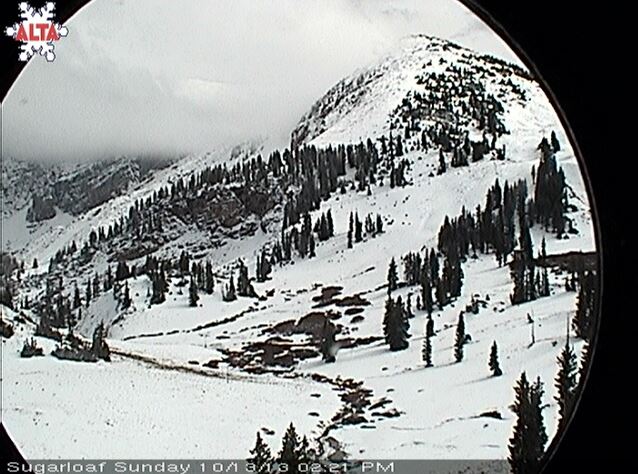
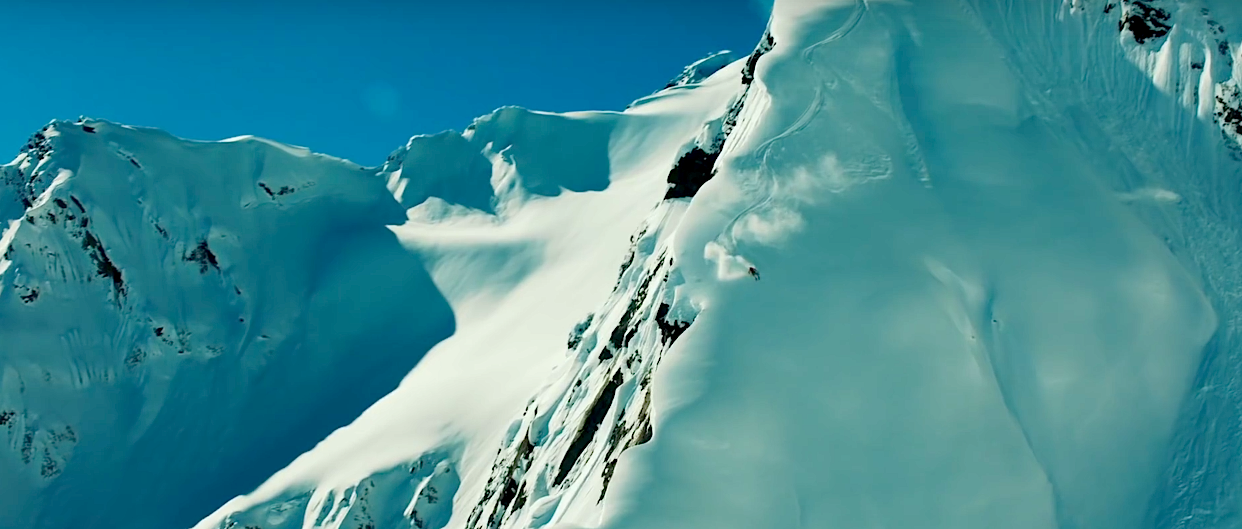
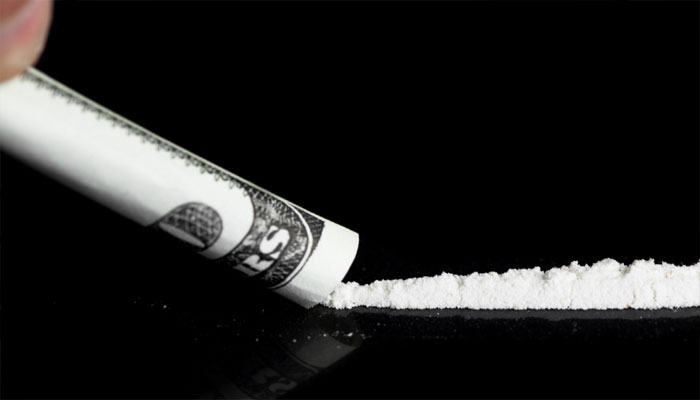
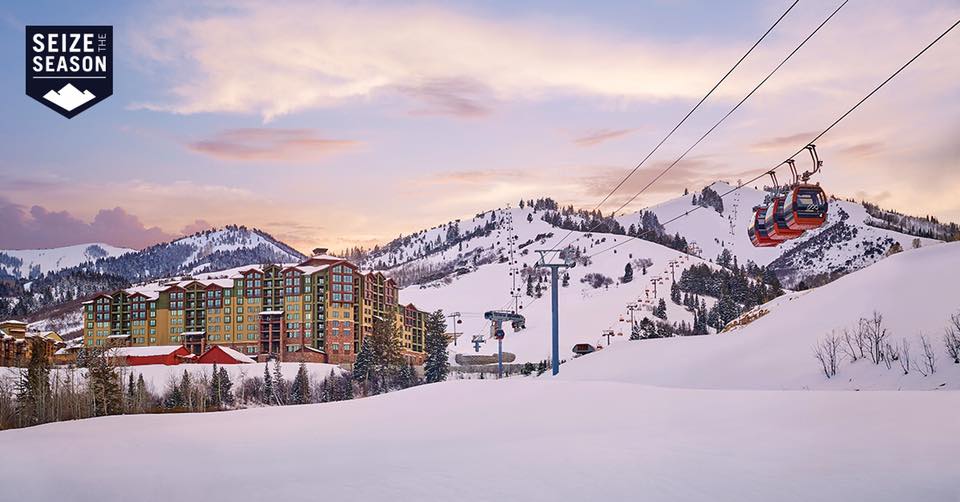
A super cool-headed account of what everyone should be aware of when they ski “outside the ropes” at the Grands Montets – thank you. Living in the Chamonix Valley and ski-ing “outside the ropes” regularly without a guide, my one piece of advice would be never ever “TAKE” a friend/holiday skier with you.
Only ski “WITH” friends who are able to share in decision making The dangers of crevasses are ever present. It is essential to recognize the signs, and to be constantly vigilant. A Guide will usually say
“ski in my tracks”. Try getting friends who are unaware do this (especially as a woman!), when all they see is a glorious tempting endless smooth expanse of white in front of them.
so cute
My helmcam movie from one year ago, in Mer de Glace. Thanks for sharing your story!
Brandon, Thanks for sending this out. Very important information for all of us like you. Thanks. Glad you’re relatively unscathed.
pc
Here’s a crevasse story to keep you awake at night
Death of a guide
btw a short rope attached to your harness and clipped with a carabiner high up on your collar or coat can be very useful to the rescue services to pull you free.
And just to note limestone regions such as Flaine or the Chartreuse and Vercors have similar dangers with crevasses formed by acid rain erosion. There have been quite a few accidents and deaths in the winter.
Thanks for an informative un-dramatic report , and good on you for making the effort to learn from this and passing on the advice. I’ve skied that area probably a hundred times , seen holes and managed to avoid them — they are always there as you said .
Thanks for publishing this – its shows the very real danger. As someone who lives in Chx and regularly goes to that every area, I see many people just going off to the side saying there are no crevasses. I have shared this so they can see there are and sent it around 100 companies we work with too, in the hope it will save someone else from the same. Super glad youre ok, thanks for taking the time to write this.